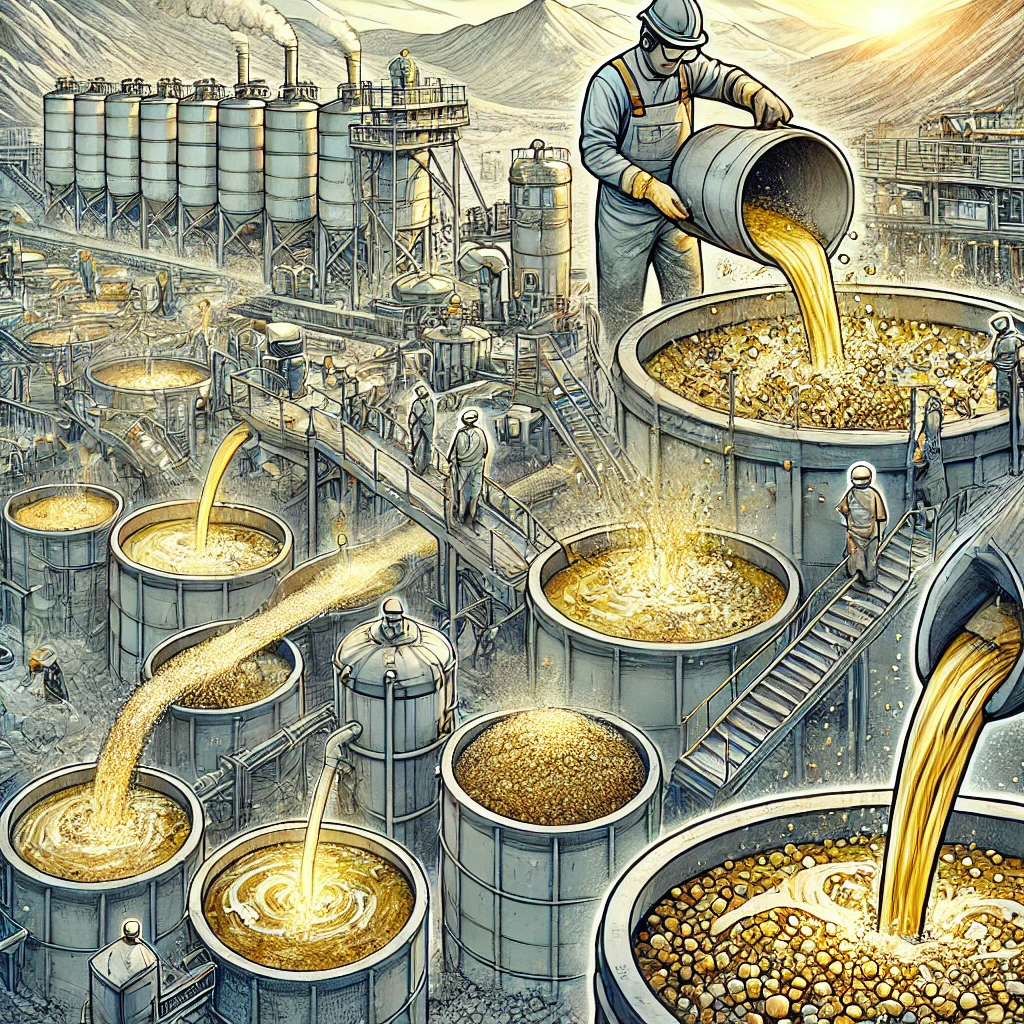Hutti Gold Mine is one of India’s oldest and most significant gold mines, situated in the Raichur district of Karnataka. Managed by Hutti Gold Mines Company Limited (HGML), a state-owned enterprise, the mine has a rich history dating back to ancient times, with references to gold mining activities in the region during the pre-Mughal and Mughal periods.
Historical Background
The Hutti Gold Mine has a storied past, with evidence of gold extraction dating back to the pre-Mughal era. Modern mining at Hutti began in the 20th century, with the establishment of the Hutti Gold Mines Company Limited in 1947. Since then, HGML has played a crucial role in India’s gold mining industry, contributing significantly to the country’s gold production.
Geology and Reserves
The Hutti Gold Mine is located in a region known for its rich gold deposits, primarily found in quartz veins within greenstone belts. The mine’s reserves are estimated to contain substantial quantities of gold, making it one of the largest gold producers in India. The gold is typically found in association with other minerals like pyrite, chalcopyrite, and galena.
Mining Operations
HGML employs both underground and open-pit mining methods to extract gold from the Hutti mine. The underground mining operations involve advanced techniques and equipment, including drilling, blasting, and hauling. The ore is then transported to the surface for processing. The open-pit mining method is used to access near-surface gold deposits.
Processing and Production
Once the ore is extracted, it undergoes a series of processing steps to extract gold. The processing plant at Hutti includes crushing, grinding, flotation, and cyanidation processes. The final product is gold bullion, which is then refined to produce high-purity gold bars. HGML’s processing plant is equipped with modern facilities to ensure efficient gold recovery and environmental compliance.
Economic and Social Impact
The Hutti Gold Mine significantly impacts the local economy and community. It provides direct and indirect employment opportunities to thousands of people in the region, including skilled and unskilled workers. Additionally, HGML contributes to the local economy through various social initiatives, including healthcare, education, and infrastructure development.
Environmental Management
HGML places a strong emphasis on environmental sustainability. The company implements measures to minimize the environmental impact of its mining activities, including waste management, water conservation, and reclamation of mined land. Regular environmental monitoring ensures compliance with regulations and helps protect the local ecosystem.
Future Prospects
The future of Hutti Gold Mine looks promising, with ongoing exploration activities aimed at identifying new gold reserves. Technological advancements and continuous improvements in mining and processing techniques are expected to enhance productivity and efficiency. HGML is committed to sustaining its position as a leading gold producer in India while ensuring sustainable and responsible mining practices.
In conclusion, Hutti Gold Mine is a vital component of India’s gold mining sector, with a rich history, significant economic impact, and a commitment to environmental sustainability. Its contributions to the local community and the country’s economy underscore its importance as a premier gold mining operation in India.










